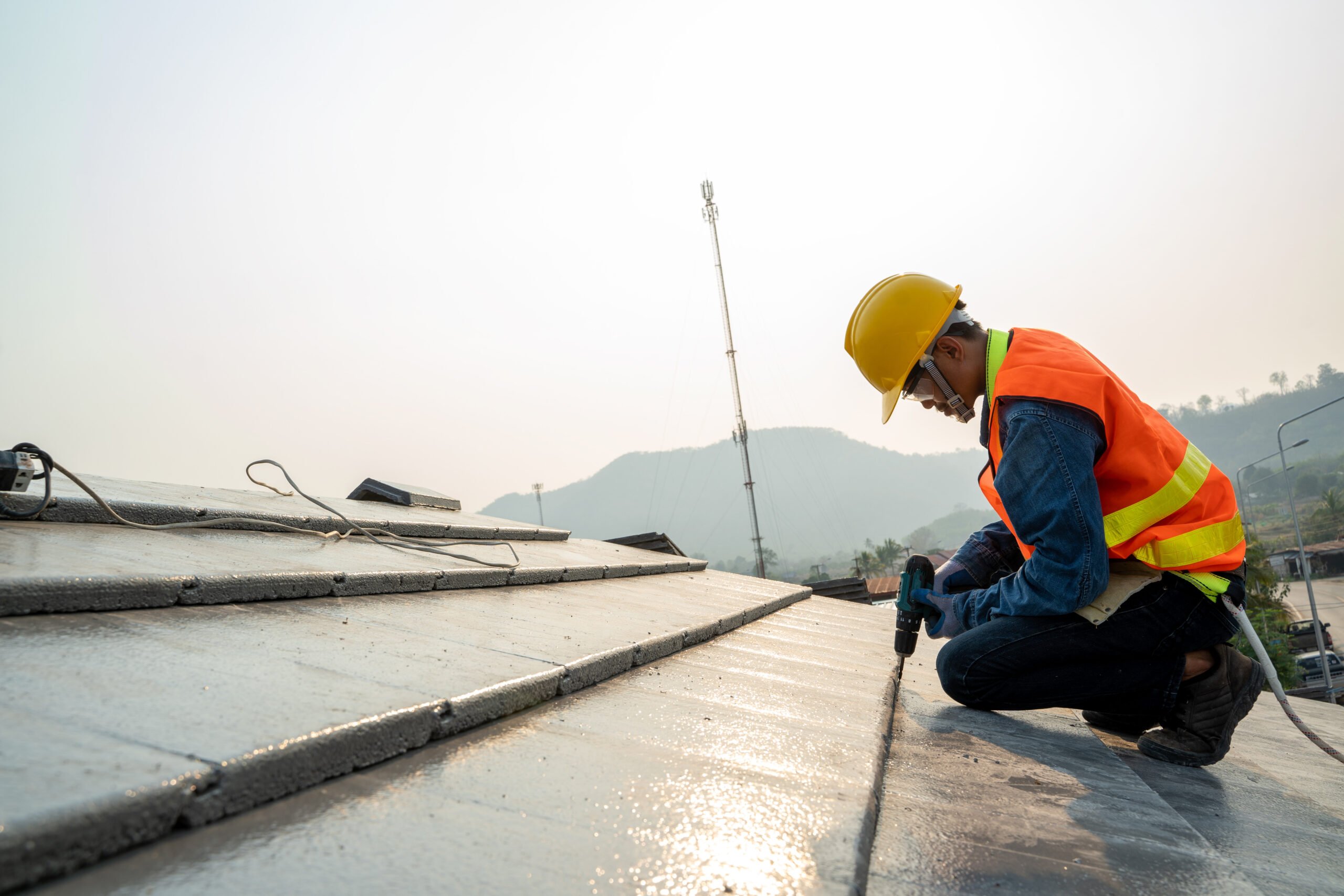DIY Roof Repair: Tips for Fixing Common Issues

Image source: Google
As a homeowner, dealing with roof issues can be a stressful and costly experience. However, with some basic knowledge and the right tools, many common roof problems can be fixed without the need to hire a professional. In this article, we will provide you with some tips for DIY roof repair so you can tackle these issues on your own.
One of the most common issues homeowners face is a leaky roof. If you notice water stains on your ceiling or walls, it is important to address the issue as soon as possible to prevent further damage. Start by inspecting the roof for any missing or damaged shingles. If you find any, you can easily replace them by lifting the edges of the surrounding shingles and removing the damaged ones. Make sure to use roofing cement to secure the new shingles in place and prevent leaks.
Another common problem is clogged gutters and downspouts. When debris like leaves and twigs accumulate in your gutters, it can prevent water from draining properly, leading to water damage to your roof and home. To fix this issue, simply clean out your gutters and downspouts regularly. Use a ladder to access the gutters and remove any debris by hand or with a gutter scoop. You can also use a hose to flush out any remaining debris and ensure that water can flow freely through the system.
Flashing is another component of the roof that can cause problems if not properly installed or maintained. Flashing is used to prevent water from seeping into the roof at joints and intersections, such as where the roof meets a chimney or skylight. If you notice damaged or missing flashing, you can replace it yourself by carefully removing the old flashing and installing new flashing in its place. Be sure to seal the edges with roofing cement to create a watertight seal.
If you have a flat roof, ponding water can be a common issue that can lead to leaks and structural damage if not addressed. To fix ponding water on a flat roof, start by removing any debris or standing water from the surface. You can use a broom or squeegee to push the water towards the drains or edges of the roof. If the problem persists, you may need to consult a professional to ensure proper drainage and prevent future issues.
Roof vents are essential for proper ventilation in your home, but they can also be susceptible to damage and leaks. If you notice any cracks or gaps around your roof vents, you can easily seal them with roofing caulk. Simply apply the caulk around the edges of the vent to create a watertight seal and prevent water from entering your home. It is important to regularly inspect your roof vents for any signs of damage and repair them promptly to avoid more significant issues down the line.
In addition to these common DIY roof repairs, it is essential to perform regular maintenance on your roof to prevent future problems. Inspect your roof at least once a year for any signs of damage, such as missing shingles, cracked flashing, or clogged gutters. By catching these issues early, you can prevent costly repairs and extend the life of your roof.
While DIY roof repair can save you money and give you a sense of accomplishment, it is important to know your limits. If you are not comfortable working on your roof or if the repairs are extensive, it is best to hire a professional roofer to ensure the job is done correctly and safely. Remember, the roof is one of the most important components of your home, so it is essential to take care of it and address any issues promptly to protect your investment.
By following these tips for DIY roof repair and staying on top of regular maintenance, you can keep your roof in good condition and avoid costly repairs in the future. With a little effort and the right tools, you can tackle common roof issues and ensure that your home remains safe and dry for years to come.